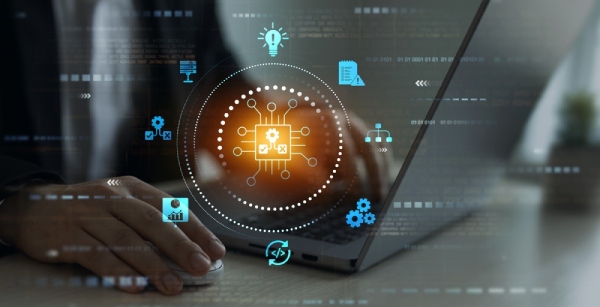
Imagine having the power to make decisions based on the latest data, updated in real-time. Sounds intriguing, right? Real-Time Business Intelligence (BI) brings this capability to the forefront of modern decision-making. But what exactly does this mean for you and your organization? Let’s dive into the fascinating world of Real-Time BI and explore its impact on decision-making processes.
Understanding Real-Time BI
Real-Time BI refers to the ability to analyze data as it becomes available, providing instant insights into business operations. This technology allows organizations to make swift decisions based on current information rather than outdated reports. Have you ever found yourself working with data that was days or even weeks old? Frustrating, isn’t it? Real-Time BI eliminates this problem, enabling organizations to respond proactively to changes in the market.
Why Is Real-Time BI Important?
With businesses generating vast amounts of data daily, the need for timely insights becomes critical. According to a study by Gartner, 70% of companies believe that real-time analytics will significantly improve their decision-making processes. This statistic underscores the urgency for businesses to adopt Real-Time BI solutions.
Organizations can avoid pitfalls like:
- Missed Opportunities: Without real-time insights, businesses might miss critical trends.
- Inefficiencies: Slow data processing leads to wasted time and resources.
- Competitive Disadvantages: Companies lagging in decision-making may fall behind rivals.
Real-Time BI offers a solution to these challenges, paving the way for improved operational efficiency.
Key Features of Real-Time BI
1. Instant Data Access
Have you ever waited for reports to be generated before making a decision? Real-Time BI provides immediate access to the latest data. This means you can analyze information on-the-fly and adjust strategies accordingly. Instant access allows teams to collaborate more effectively and respond swiftly to changes.
2. Interactive Dashboards
Imagine visualizing your data in an interactive dashboard that updates automatically. Real-Time BI solutions often come equipped with these dashboards, making it easier to monitor key performance indicators (KPIs) at a glance. By having all relevant data displayed visually, you can quickly identify trends and outliers.
3. Automated Alerts
Wouldn’t it be great to receive alerts about critical changes in your data? Real-Time BI systems can automatically notify you when certain thresholds are met or when anomalies occur. This proactive approach allows you to react to issues before they escalate.
How Real-Time BI Transforms Decision Making
Faster Responses
In business, timing can be everything. Real-Time BI empowers organizations to make faster decisions. Whether you’re responding to a sudden market shift or adjusting your inventory levels based on customer demand, having access to real-time data can make a significant difference.
Data-Driven Culture
A culture that embraces data-driven decision-making encourages innovation. When teams have access to real-time insights, they feel empowered to test new ideas and make informed choices. This culture fosters creativity and agility, enabling organizations to adapt swiftly to changing environments.
Increased Collaboration
Real-Time BI encourages collaboration across departments. Imagine sales and marketing teams working together with access to the same live data. By breaking down silos and promoting open communication, organizations can achieve alignment and drive better results.
Challenges of Implementing Real-Time BI
Despite its many benefits, implementing Real-Time BI comes with challenges. Here are some common obstacles:
- Data Integration: Consolidating data from various sources can be complex.
- Technology Costs: Investing in real-time analytics tools may require significant upfront costs.
- Skill Gaps: Teams may need training to effectively use new tools and interpret data.
While these challenges exist, the rewards of Real-Time BI often outweigh the hurdles.
Real-World Examples of Success
Example 1: Retail
A major retail chain implemented Real-Time BI to monitor customer purchasing patterns. By analyzing data in real-time, they adjusted inventory levels and marketing strategies, leading to a 30% increase in sales during peak seasons.
Example 2: Healthcare
A healthcare provider used Real-Time BI to track patient metrics and outcomes. This real-time monitoring allowed for immediate interventions, improving patient care and reducing hospital readmission rates.
FAQ
Popular tools include Tableau, Power BI, and Qlik Sense.
Real-Time BI analyzes data instantly, while traditional BI relies on historical data.
Yes! Small businesses can leverage Real-Time BI to improve decision-making and efficiency.
Conclusion
Real-Time BI represents a shift in how organizations make decisions. With the ability to access and analyze data instantly, businesses can respond swiftly to market changes, enhance collaboration, and foster a data-driven culture. As the digital landscape continues to evolve, embracing Real-Time BI can provide a competitive edge that is essential for growth and success.
Are you ready to leverage the power of Real-Time BI? The future of instant decision-making awaits!


